The European moose (Alces alces) is the largest member of the deer family. Bulls reach heights of 170–210 cm at the shoulder and can weigh 380–850 kg, while cows are smaller at 200–360 kg. This heavy‑built animal has long legs, a short tail, a humped shoulder and a pendulous muzzle, and is dark brown with pale legs. Only males grow broad palmate antlers, which are shed each winter and regrown in spring. The sheer size of the species and its massive antlers, combined with the challenge of hunting in dense Scandinavian forests and wetlands, make the moose a coveted European trophy.

Moose hunts across northern Europe typically take place in autumn. In Sweden, for example, moose season begins as early as September in some regions, with a general start on the second Monday in October, and it involves more than 250,000 Swedish hunters. The most common method is to work in teams: a dog handler releases a specially trained dog to locate and hold a moose, while other hunters wait in high stands or sneak in on foot when the dog barks to signal a stand‑off. These hunts are physically demanding, often conducted in marshy forests and clearcuts, and success depends on reading sign and moving quietly into position for a close shot. Elsewhere in Europe, moose are pursued by stalking along forest edges or from high seats during the rut in September–October, but the principles of patience, safety and coordination remain the same.
Sustainable management is central to moose hunting. Sweden’s moose population is estimated at 300,000–400,000 animals and produces about 100,000 calves each spring; around 90 000 moose are harvested each autumn to prevent overbrowsing and collisions with vehicles. Moose are mostly solitary and cows give birth after an eight‑month gestation, usually in May or June, then keep their calves with them for a year. Regulated quotas, seasonal restrictions and hunter education ensure that healthy numbers are maintained across Europe. Conservation issues include habitat fragmentation, predation by wolves and traffic accidents, but well‑managed hunting provides revenue and incentives for habitat conservation.
Moose can live up to 25 years and are surprisingly agile despite their size. They feed on leaves, twigs, aquatic plants and bark, often wading into lakes and bogs to browse submerged vegetation. Most activity occurs at dawn and dusk, and solitary bulls roam widely outside the rut, while cows stay close to their calves for protection. Their keen hearing and sense of smell make them challenging to approach, and hunters must be prepared for quick, close‑range shots when a dog‑held moose breaks cover.
European Moose can be found in the following location:
European Moose has the following variations:
- (Varieties to be confirmed)
Start Your Adventure



